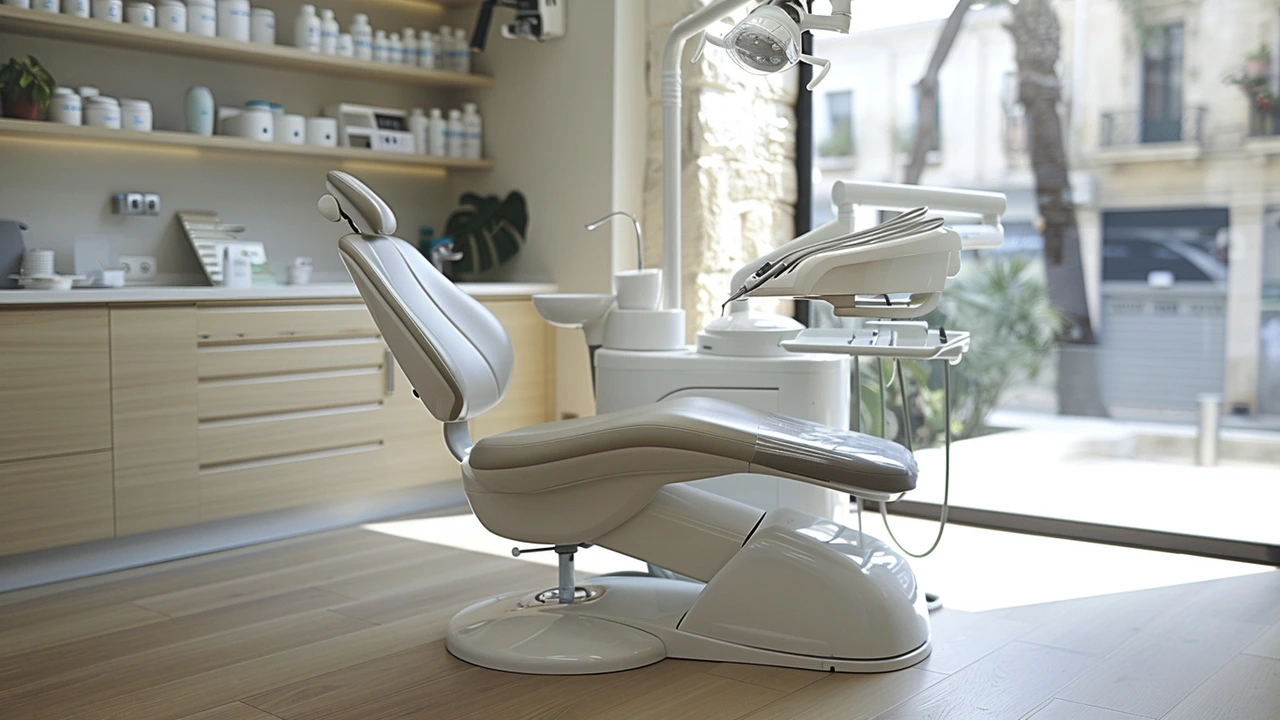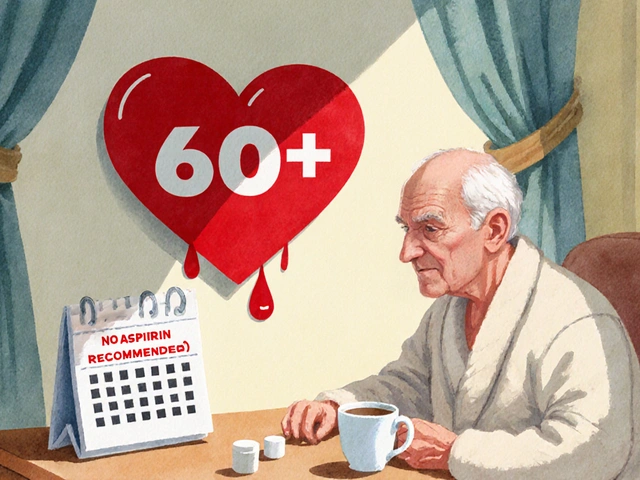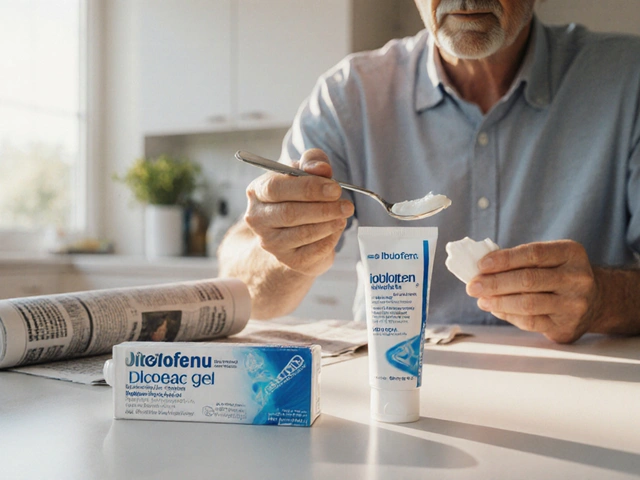Dental Prophylaxis Appointment — What to Expect (May 2024)
Booked a cleaning or thinking about one? Our May 2024 post walks you through a dental prophylaxis appointment — the routine cleaning that helps prevent cavities and gum disease. This archive sums up the steps, what you’ll feel, and quick tips to make the visit easier.
So what actually happens? A dental prophylaxis is a professional cleaning done by a hygienist or dentist. Expect a short exam, scaling to remove plaque and tartar, polishing to smooth surfaces, and sometimes a fluoride treatment. It’s mainly about prevention, not fixing major issues.
How long will it take and will it hurt? Most visits are 30–60 minutes. You’ll feel scraping and pressure during scaling; polishing is gentle. Mild gum bleeding can happen if there’s inflammation — that’s a sign to improve home care. If the hygienist finds deeper pockets or heavy buildup, they’ll recommend follow-up treatment like deep cleaning (scaling and root planing).
Easy ways to prepare: brush and floss before you go, bring a list of medications and any dental concerns, and arrive a few minutes early. If you’re nervous, tell the staff — they can explain what they’ll do, use calming techniques, or offer topical numbing for sensitive spots.
Practical aftercare
After your cleaning you might have temporary sensitivity, especially to hot or cold. Avoid staining drinks and foods for a few hours if you had polishing or whitening. Keep brushing with a soft brush and flossing daily. If fluoride was applied, ask your hygienist how long to wait before eating or drinking.
Insurance and cost tips: Many plans cover two cleanings a year. Check your benefits ahead of time so you know what’s covered. If you don’t have insurance, ask the clinic about payment options or sliding scales. Preventive care now can save money later by avoiding more costly treatments.
Quick checklist and questions
Before you go: bring your ID and a current meds list, brush and floss, write down any symptoms. Ask the hygienist: Do I need more than a routine cleaning? Is my gum health improving? Which tools or toothpaste do you recommend? If you have dry mouth, diabetes, or take medications, mention that — it affects oral care.
Want the full article? The May 2024 post breaks down each step of the appointment, highlights signs you need extra care, and includes a printable checklist. Leave a comment on the article if you have a specific question or share your experience — we update guides based on real reader concerns.
8
Dental Prophylaxis Appointment: What to Expect
Dental prophylaxis plays a crucial role in maintaining oral health. This article explores what you can expect during a dental cleaning appointment, from the initial examination to polishing. Understanding this process can help make the experience seamless and stress-free.
Latest Posts
Popular Posts
-
 Over-the-Counter Medication Safety: Hidden Ingredients and Interactions You Can't Afford to Ignore
Over-the-Counter Medication Safety: Hidden Ingredients and Interactions You Can't Afford to Ignore
-
 Shift Work Sleep Disorder: How to Manage Night Shifts and Get Real Sleep
Shift Work Sleep Disorder: How to Manage Night Shifts and Get Real Sleep
-
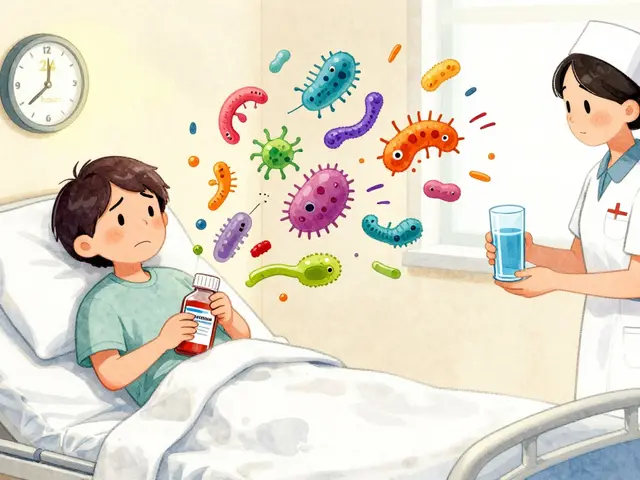 Medication-Induced Diarrhea: How to Prevent and Treat It Effectively
Medication-Induced Diarrhea: How to Prevent and Treat It Effectively
-
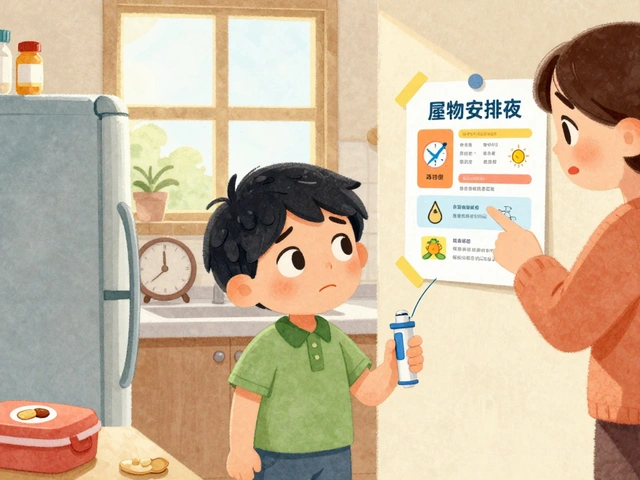 Allergy Action Plan: Essential Medications to Carry and When to Use Them
Allergy Action Plan: Essential Medications to Carry and When to Use Them
-
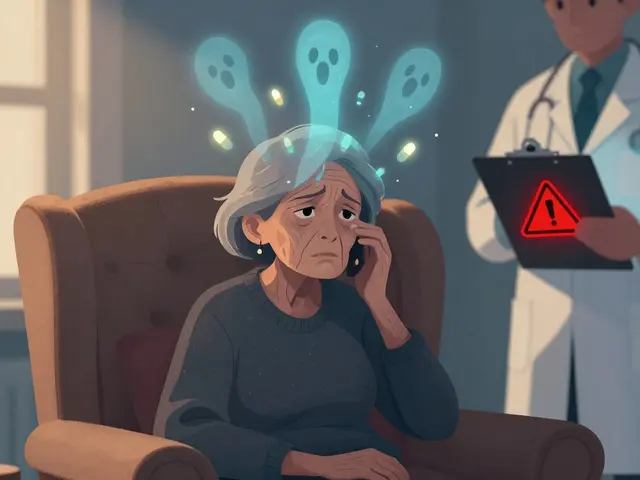 Antipsychotics and Stroke Risk in Seniors with Dementia: What You Need to Know
Antipsychotics and Stroke Risk in Seniors with Dementia: What You Need to Know
